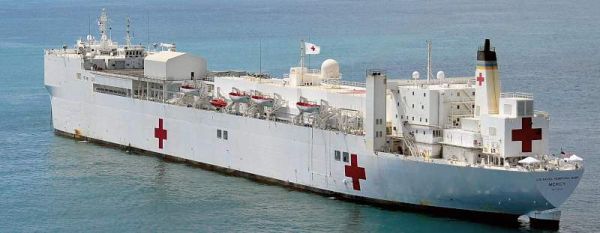AIR FORCE assets are finally together on the ground in the Middle East after the move of the C‑130 Detachment to the United Arab Emirates (UAE) was completed in December. The AP-3C Orion Detachment has been at an airbase in the UAE since 2003 and after a few months of transition, the C‑130s are now in place and continuing their excellent record of service. Due to their completely different roles – C‑130s are tactical airlift; the Orions are Intelligence Surveillance and Reconnaissance (ISR) – they do not rely on each other for operational support.
 |
| Source: Royal Australian Air Force |
Where they do meet is at the coal face – the maintainers and their equipment on the ground. AP-3C Shift Boss B Spider Maintenance FSGT Neil Pinker said the extra equipment brought by the C‑130 maintainers was a bonus for his personnel. “The key points are commonality with their Ground Support Equipment (GSE),” he said. “We now have a greater stockpile to choose from and versatility in the use of GSE. If either of us needs a particular piece we can source it from each other.” One area FGST Pinker said that they can look at in the future is aircraft structural fitters, or metal bashers as they are commonly known. “One thing we are looking at is our metal basher capability,” he said. “The Orions have one on each shift, whereas the Hercs have one covering three shifts; maybe we can have a central metal bashing shop for all.” Deputy Australian Air Component Commander in the MEAO, WGCDR John Young, said the logistics advantages cannot be understated. “We have consolidated our efforts and removed duplication by having the two detachments here,” he said. “Instead of Air Force assets being scattered around the MEAO, we have everything here. Having a bigger air component footprint in this location is good for us.”
He said it was not an easy job moving the C‑130s to the UAE, but when they started to arrive, the base was well and truly ready to receive them. “Everyone now operates in a common location,” WGCDR Young said. “So if you need to know something you can literally just walk down the hall.” One of the challenges faced by the co-location of the Orions and Hercs is space. There is limited space currently on offer at the airbase. Australian, coalition partners and contractors all use the runway and many airfield facilities. Ramp space is tight. “The last Herc can sometimes block access to the new hangar,” FSGT Pinker said. “They don’t work the same times as us, so we have to ring them up to ask them to move their aircraft.
If you move one, usually you have to move them all. It’s like having to move the Cortina to move the Kingswood to get the Torana. But we work around it to get the job done.” WGCDR Young agreed that the space is an issue and at the start it was a little dysfunctional. “We operate on a very, busy piece of ground with coalition aircraft and our own,” he said. “But we have a positive working relationship with them and that makes things work.” He said even with that issue, they all have a common aim – to get aircraft in the air and back safely, and on time. “The Orions are the great unsung achievers,” WGCDR Young said. “They may fly for 10 hours, and what they do in those 10 hours is quite incredible.” In relation to the C‑130s, he said with only three aircraft in theatre, the level of cargo they move is disproportionate. “They are very efficient at what they do,” he said. “Our Orions and Hercs are all doing great work and not dropping missions. “We have the foundations of a very functional airbase here – it is not there yet, but it’s very close.”
Source:
Royal Australian Air Force

 von
von 
